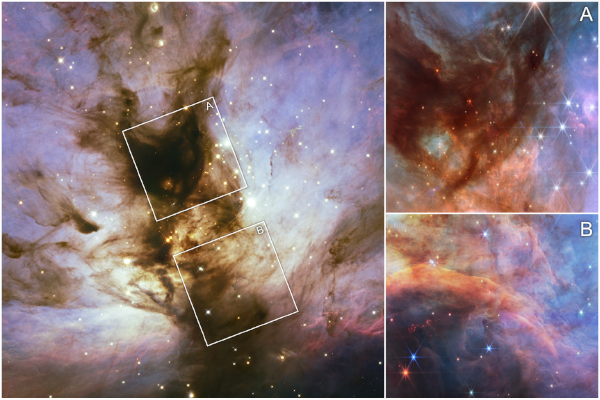NASA Flight Surgeon Speaks to Unique Career Caring for Astronauts



In an article for space.com, Dr. Eric Bell, a professor at the University of Michigan Department of Astronomy, talks about how galaxies Andromeda XXXV and Andromeda could change how we think about cosmic evolution. He was interviewed in the article “Scientists discover smallest galaxy ever seen: ‘It’s like having a perfectly functional human being Continue Reading »



In an article for BecauseOfThemWeCan.com, Aisha Bowe, a U-M Climate & Space alumna, talks about her announcement that she will be part of Blue Origin’s NS-31 mission, making history as one of six women flying together on the 11th human spaceflight of New Shepard. She was featured in the article “Former NASA Rocket Scientist Continue Reading »
Students from the University of Michigan Department of Aerospace Engineering, were featured in the Sun Times News about their visit to Symons Elementary School in Milan, MI. The article was titled “Flight, Space and Rockets Pay a Visit to a School in Milan.” | February 28, 2025
In an article for The Michigan Daily, Dr. John Monnier, a professor at the University of Michigan Department of Astronomy, talks about the STARI Mission and how interferometers in space could allow scientists to study exoplanets in greater detail than they are currently able with existing technology. He was interviewed in the article “U-M Continue Reading »